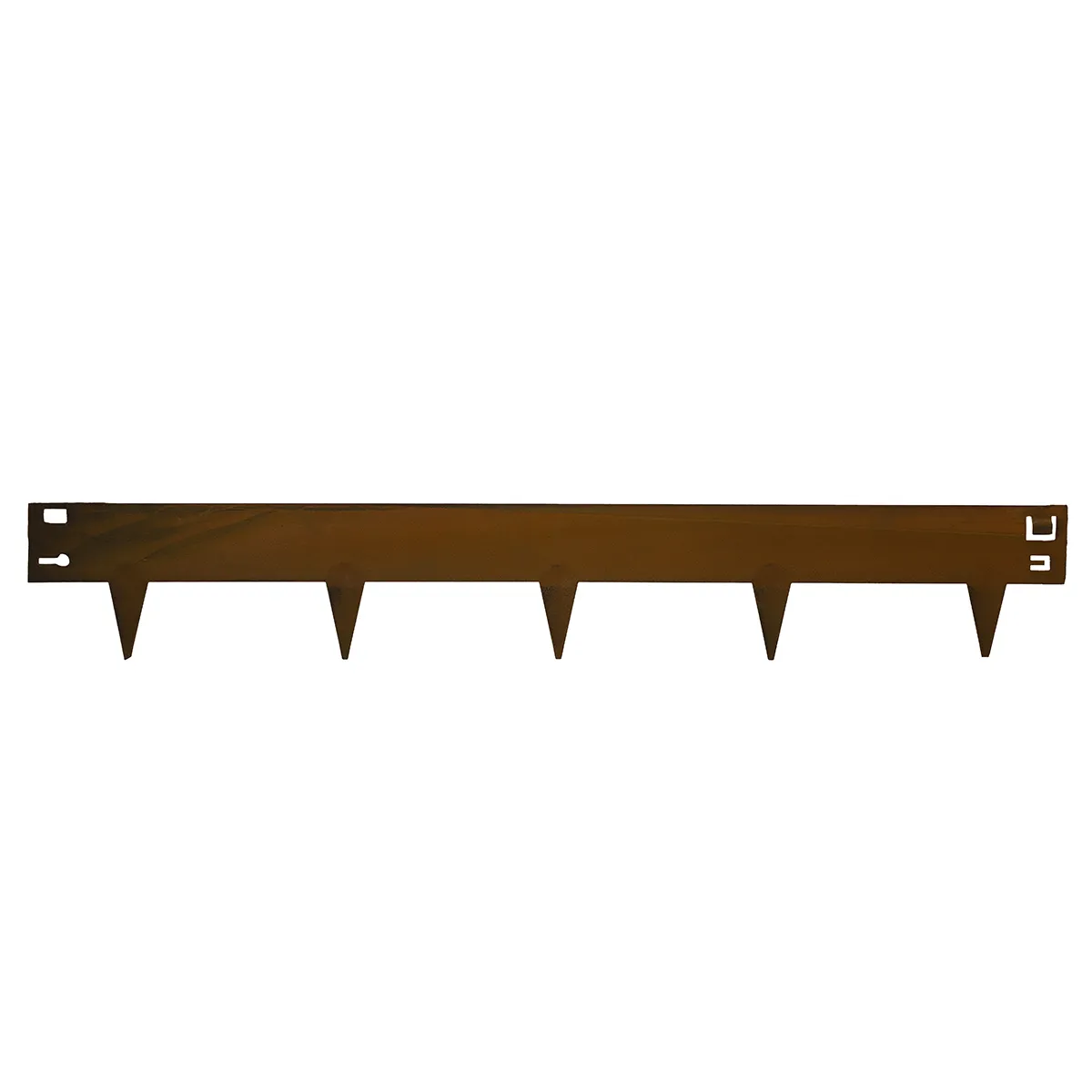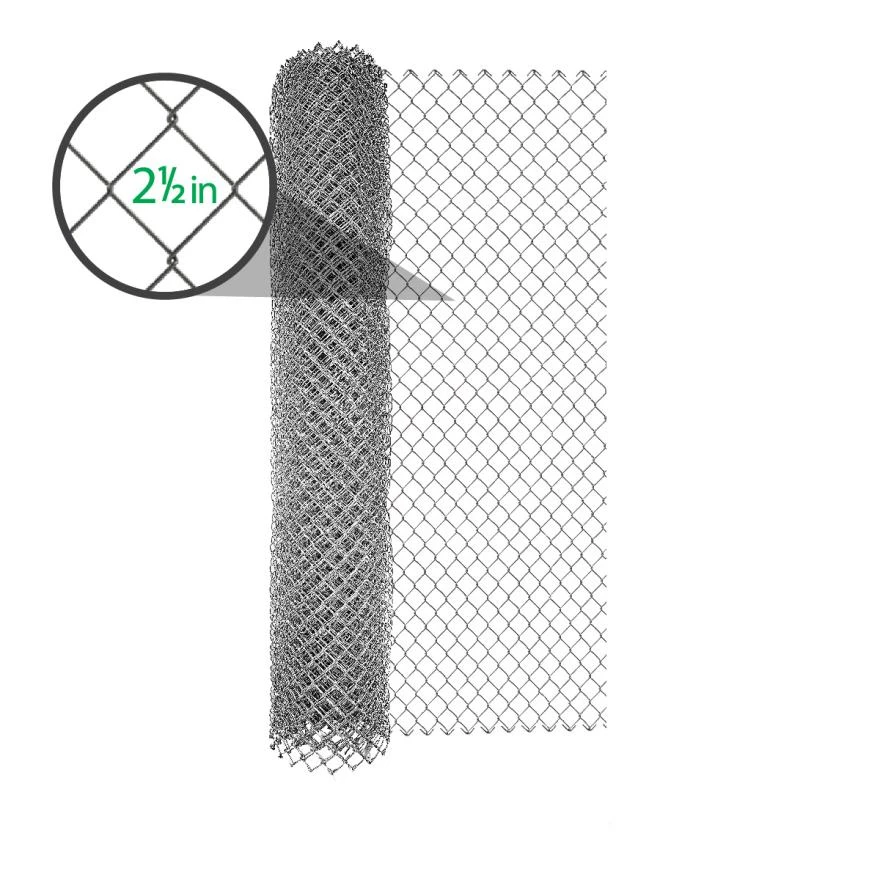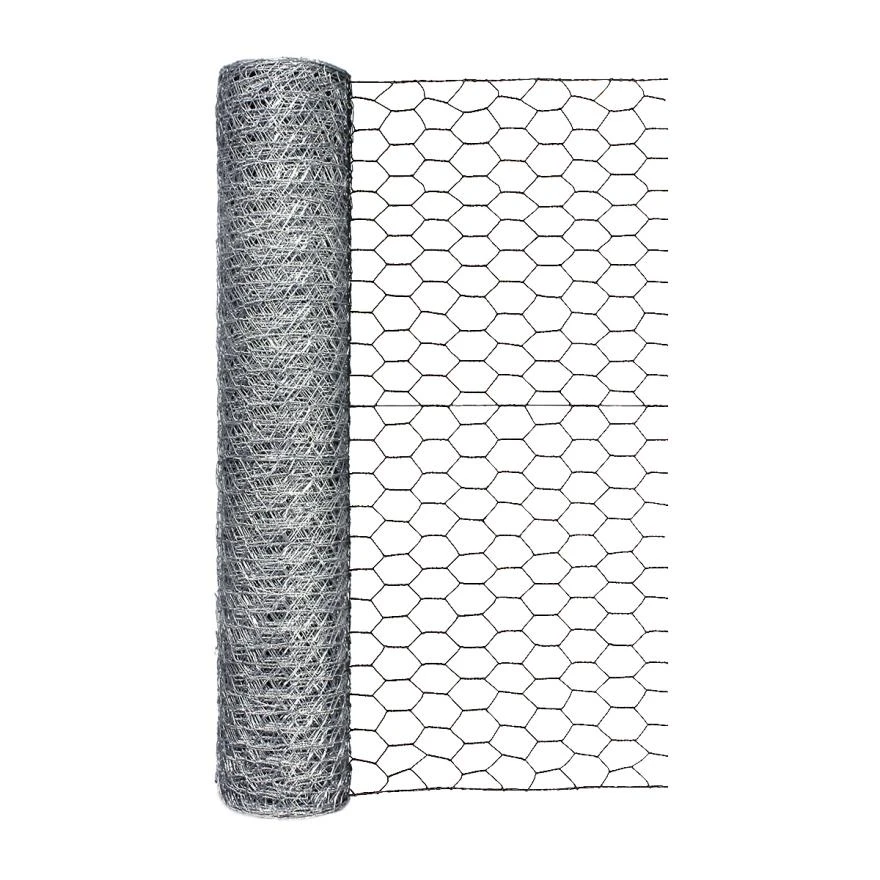Steel Edging: Clean Lines, Long Life, and Professional-Grade Landscaping
May . 13, 2025 09:24
When it comes to clean, crisp borders in modern landscaping, nothing beats steel edging. Strong, flexible, and virtually invisible once installed, steel edging helps define flower beds, walkways, lawns, and tree rings with precision. Whether you're a landscape contractor, gardener, or property developer, knowing where to find quality steel edging for sale — and the right steel edging suppliers — can give your project a sharp, professional finish that lasts for decades.
This guide walks through the benefits of steel edging, common types, installation tips, cost considerations, and how to source it effectively.

What Is Steel Edging?
Steel edging is a landscaping material used to create neat, durable borders between different elements of a garden or outdoor space—such as between grass and gravel, mulch and pathways, or around plant beds and trees. It's known for its strength, long lifespan, and minimal visual footprint.
Steel edging is typically made from:
Mild steel (uncoated or raw)
Galvanized steel (zinc-coated for rust resistance)
Corten steel (develops a stable rust-like patina for a rustic look)
Powder-coated steel (offers color options and added protection)
Available in strips or rolls, edging can be straight, flexible, or pre-formed into curves, making it versatile for both modern and natural-looking landscape designs.
Why Choose Steel Over Other Edging Materials?
Steel edging stands out from plastic, wood, or aluminum alternatives in several key ways:
Durability: Steel lasts 10–40 years, depending on the finish and environment.
Strength: It won’t bend, warp, or crack like plastic or wood.
Low maintenance: Once installed, it rarely needs adjustment or replacement.
Discreet look: Thin profiles create near-invisible borders that highlight the landscape, not the edging.
Flexibility: Easily forms curves, corners, and complex designs.
For anyone looking to create high-end, permanent landscaping solutions, steel edging is the top-tier choice.
Common Applications of Steel Edging
Garden beds: Define clean lines between mulch, soil, and grass.
Pathways and driveways: Prevent stone or gravel from spreading into lawns or flower beds.
Tree rings: Keep mulch and water contained around trunks.
Commercial landscaping: Durable enough for schools, parks, business centers, and roadsides.
Modern garden design: Pairs well with minimalist and architectural aesthetics.
Types of Steel Edging
When browsing steel edging for sale, you’ll come across different variations designed for specific uses:
1. Raw Steel Edging
Affordable and strong
Will rust naturally over time unless coated
Great for rustic or naturalistic designs
2. Galvanized Steel Edging
Coated in zinc to resist corrosion
Ideal for wet climates or high-moisture soils
Maintains a clean metallic look over time
3. Corten Steel Edging
Weathering steel that develops a rust-like patina
Doesn’t degrade — the surface rust protects the steel underneath
Used in modern architecture and designer gardens
4. Powder-Coated Steel Edging
Comes in black, brown, green, and custom colors
Adds visual impact or helps the edging blend into surroundings
Provides extra corrosion protection
Thickness usually ranges from 1.5mm to 3mm, and height varies from 3" to 6" depending on project needs.
Sourcing Steel Edging: Finding the Right Suppliers
Whether you need a few strips for a backyard project or truckloads for commercial use, choosing the right steel edging suppliers ensures consistent quality and reliable delivery.
What to look for in a supplier:
Range of materials and finishes (raw, galvanized, corten, coated)
Custom sizing or pre-bent shapes available
Clear product specs and technical data
Installation accessories (stakes, connectors, fasteners)
Lead times and shipping options for your region
Steel Edging for Sale: Pricing and Buying Tips
The steel edging cost depends on several factors:
Material type (raw, galvanized, corten, coated)
Thickness and height
Finish and color
Order volume
Delivery or freight
Estimated retail price ranges:
Raw steel: $2–$3 per linear foot
Galvanized steel: $3–$5 per linear foot
Corten steel: $4–$6 per linear foot
Powder-coated: $5–$8 per linear foot
Tips to save:
Buy in bulk for wholesale pricing
Choose standard lengths and finishes
Buy during off-peak seasons for better deals
Ask for cut-to-length service to avoid waste
Bulk orders often come with volume discounts or free freight from larger steel edging suppliers.
Installation Basics
Installing steel edging is relatively straightforward:
Plan and mark your layout.
Dig a shallow trench (typically 3–5 inches deep).
Place the edging and secure with steel stakes or pins.
Backfill and tamp down to hold in place.
Connect sections using interlocking ends or provided connectors.
Most steel edging systems come with full kits that include stakes and instructions.
Steel Edging FAQs
Q1: Will steel edging rust over time?
A: Raw steel will rust, but galvanized and coated edging resists corrosion. Corten steel forms a stable patina that prevents deeper rusting.
Q2: Is steel edging flexible?
A: Yes, most steel edging can be bent to form curves or circles, especially in thinner gauges (1.5–2mm).
Q3: Can I install steel edging myself?
A: Yes. Most homeowners can install it with a shovel, mallet, and basic tools. For large or commercial projects, professional installation is recommended.
Q4: Where can I find steel edging for sale online?
A: Look at www.hebeimetals.com.
Q5: How long does steel edging last?
A: Galvanized or coated steel can last 20–40 years, while raw steel may last 10–15 years depending on conditions.









 Unity
Unity Creation
Creation Challenge
Challenge Contribution
Contribution










